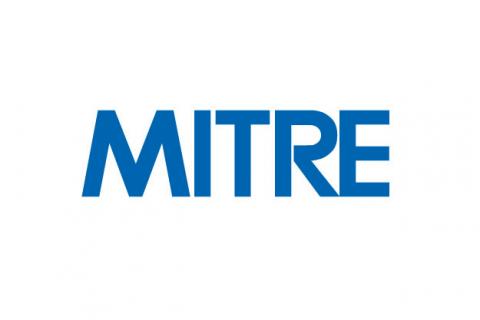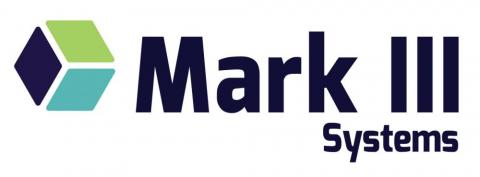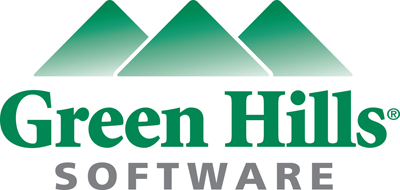Keynote Speakers
Colonel Randy “Laz” Gordon, PhD is currently serving as the Lead for the Secretary of the Air Force’s AI Technology Accelerator. Prior to this, he served on the Secretary of the Air Force’s AFWERX technology innovation team with business, academia, and Airmen. He is also a Presidential Fellow, Harvard Business School Alumnus, DARPA Fellow, and Massachusetts Institute of Technology Fellow. He served the F-22 Combined Test Force as its commander and has additional flight test pilot experience in the F-15C/E, A-10A/C, F-16A/C, Bombardier BD-700 Global Express business jet, and 70 other military and civilian aircraft.
Chris VanBuiten is Vice President of Sikorsky Innovations for Sikorsky, a Lockheed Martin Company and line of business within the Rotary and Mission Systems business area. In this capacity, he runs the group responsible for maturing next generation technologies, processes and products. Current areas of focus include Future Vertical Lift design, high speed S-97 RAIDER™ prototype and Joint Multi-Role DEFIANT™ demonstrator programs, Autonomy and optionally piloted flight demonstrations, as well as a portfolio of advanced rotor, and fleet management technology programs.
Mr. Van Buiten joined Sikorsky in 1989 and has been engaged in the conceptual and preliminary design of Sikorsky products including the Collier Award winning S-92 commercial transport, CH-53K heavy lift helicopter, and UH-60M BLACK HAWK. He has served as Chief of Preliminary Design and Manager of Advanced Design and has led Sikorsky’s Strategic Planning group. He led Sikorsky’s acquisition of the PZL Mielec Aircraft Company in Mielec, Poland. He has also served as a Technical Fellow for Advanced System Design.
Mr. Van Buiten was a Glenn L. Martin Aerospace Scholar at the University of Maryland where he received a Bachelor of Science in Aerospace degree in 1989. He received a Master of Science in System Design and Management from the Massachusetts Institute of Technology and Sloan School of Business in 1999.
Mr. Sultan is responsible for NASA’s aviation operations and safety research portfolio of more than $120 million across four research centers. AOSP works with the Federal Aviation Administration (FAA), industry and academic partners to conceive and develop Next Generation Air Transportation System (NextGen) technologies to further improve the safety of current and future aircraft moving through the National Airspace System.
NextGen activity includes research to enable service oriented architecture and integrated demand management operational efficiencies in the surface, terminal, en route, and oceanic operational domains for traditional aircraft, unmanned aircraft systems (UAS), and future autonomous systems. The program is also responsible for aviation safety research in the areas of aircraft state awareness, prevention of aircraft loss of control, verification and validation of complex systems, prognostic safety through data mining, and real-time system-wide safety assurance. A key focus is on developing and demonstrating enhanced systems that will enable routine access to the airspace by emergent users of UAS, espe¬cially in support of evolving urban air mobility concepts.
Sultan is the NASA co-lead on the NASA/FAA Research Transition Teams, which are organized to enable efficient and effective transition of NASA research into FAA implementation roadmaps.
He is also the NASA liaison to the multiagency NextGen Interagency Planning Office, and leads the program’s international collaboration activities.
Sultan has 20 years of professional experience in aerospace and air traffic management research and development.
Previously, Sultan was a NASA liaison to the Joint Planning and Development Office in the ongoing development of NextGen, where he led the development of NextGen operational improvements. He also served as the Software Configuration, Release, and Verification and Validation Manager for the Terminal Radar Approach Control automation system at NASA’s Ames Research Center in California. There he was responsible for gaining FAA certification for NASA prototype systems in operational field trials.
Sultan received two bachelors of science degrees – in mechanical engineering and in aeronautical science and engineering – from the University of California Davis, and a master’s of science degree in aerospace engineering from San José State University.
Marouan CHIDA is the Head of Digital Transformation & Innovation in SESAR, the European ATM modernisation programme.
He is in charge of the strategic research and is leading the digitalisation of aviation together with its related technological innovations (ATM/UTM, CNS, Avionics, Autonomy, Artificial Intelligence, Connectivity…. He is experienced in advanced ATM concepts, avionics and ground systems, involved in technology and architecture development across the SESAR programme.
Before joining the SJU, Marouan worked for AIRBUS, where he led ATM & Avionics development teams.
He is graduated from the Ecole Nationale de l’Aviation Civile (ENAC), the French school of civil aviation, where he achieved an engineering degree in civil aviation as well as a master degree in Air-Ground Collaborative Systems Engineering.”
Panel Moderator
Dr. Parimal Kopardekar (PK) serves as the Acting Director of NASA Aeronautics Research Institute (NARI). In that capacity, he is responsible for exploring new trends and needs related to aeronautics. He also serves as NASA's senior technologist for Air Transportation Systems and principal investigator for the Unmanned Aircraft Systems Traffic Management (UTM). For UTM, he and the team won the Service to America Medals (known as Oscars of Federal Workforce) in Promising Innovation Category in 2018. He was named in top 25 most influential people in commercial UAS industry in 2017. He also won NASA exceptional technology medal in 2016. He is co-author of over 50 publications with 3 best paper awards. He is passionate about airspace operations, autonomy, advanced air mobility, and digital manufacturing and supply chains in aeronautics. He is co-editor-in-chief of Journal of Aerospace Operations and a fellow of American Institute of Aeronautics and Astronautics.
Panelists
Jessie Mooberry is head of deployment at Airbus UTM, a group designing the critical infrastructure which will allow new aircraft including air taxis and delivery drones to safely enter and share the skies of our future. She is a technologist at the Peace Innovation Lab at Stanford and started her UAV career, with Uplift Aeronautics, building fixed-wing aircraft out of a garage in Stanford with the world’s first humanitarian drone cargo nonprofit. Jessie was one of the first to obtain a commercial drone license in the U.S. She is a Social Enterprise Fellow and Mentor for the Ariane de Rothschild Foundation. In addition, she sits on the Boards of People’s Light and WeRobotics.
Jennifer L. Richter is a partner with Akin Gump Strauss Hauer & Feld and represents a number of clients on UAS/drone strategy, development and operation. Jennifer has represented technology and communications companies and investors for more than two decades. She is ranked by Chambers USA as a leading lawyer in telecommunications, and she has been named a Super Lawyer for communications law multiple times. She brings years of in-depth experience in the communications field to her clients in the industry, possessing an insider’s knowledge of the business, gained while serving as vice president and general counsel of a wireless communications company she helped to build and sell to Sprint Corporation.
Jennifer was a voting member on the FAA’s Aviation Rulemaking Committee that studied and made recommendations to the FAA Administrator regarding technology to enable remote tracking and identification of UAS. Jennifer is an active participant in NASA’s UTM working groups. She also is a subject matter expert on the FCC’s Technological Advisory Council on UAS and the Department of Homeland Security’s CIPAC that is studying how to protect critical infrastructure from drones. For the CTIA/NASA UAS Working Group, Jennifer is active with members, the FCC and the FAA on spectrum solutions for UAS. The reliability, safety and security of UAS is highly dependent on the reliability, safety and security of the communications links that enable UAS operations, including UAS command/control links, tracking and identification, payload communications, and collision avoidance; it also is essential for managing UAS through a UAS traffic management system (UTM).
Jon Damush is director of new business ventures for Boeing NeXt, a business division building the ecosystem that will define the future of urban, regional and global mobility. He is responsible for collaboration with third parties to advance Boeing’s future mobility initiatives, including oversight of the SkyGrid joint venture that is developing a software platform for the safe integration of unmanned and autonomous vehicles into the global airspace.
Jon was formerly the chief growth officer for Insitu, Inc., a Boeing subsidiary whose unmanned products have more than 1.3 million operational flight hours. During his tenure at Insitu, he established the commercial business unit and oversaw the strategy and marketing functions of the company. Damush came to Insitu through Boeing’s acquisition of 2d3 Sensing, where he was president and CEO.
He holds a Bachelor of Science degree in mechanical and aerospace engineering and a master’s degree in business administration from the University of California, Irvine. He is also a licensed commercial pilot and certified flight instructor.
Dr. Tom Prevot is Director of Engineering for Airspace Systems at Uber Elevate. He and his team are developing airspace systems and cloud services for the future Uber Elevate network of electric Vertical Take-Off and Landing aircraft. Prior to joining Uber in summer 2017, Tom was with NASA Ames Research Center for more than 20 years. He was head of the Airspace Operations Lab and project lead for NASA’s UAS Traffic Management (UTM) research. Tom is passionate about developing and evaluating future concepts and technologies for the air transportation system. He has published over 100 conference and journal papers. He earned his doctorate in aerospace engineering from the Munich University of the German Armed Forces in 1995.
Jonathan Evans is VP of Global Aviation Policy at Verizon, and board president of the Global UTM Association (GUTMA). He actively participates in sculpting technical standards and regulatory policy for the rapidly evolving aerial robotic and digital air traffic management industries. And as a Verizon executive he brings voice to introducing LTE and 5G as aviation-grade technologies available and appropriate as key infrastructure to this era of increasingly automated, connected, and networked aircraft deployments.
Jonathan was a professional aviator for 18 years, serving as a UH60 Blackhawk pilot and network administrator in the US Army, as well as an EMS helicopter pilot in civilian life. He holds an Airline Transport Pilot certificate (ATP), is licensed to fly both helicopters and multi-engine airplanes with over 3500 of flight experience, and holds a bachelor’s degree in professional aeronautics from Embry-Riddle Aeronautical University.
In November of 2012, while on duty as a Life Flight pilot in Oregon, Jonathan co-founded Skyward, a drone-operations management software company, and enjoyed growing and leading it as CEO through over $8M of venture capital and its ultimate acquisition by Verizon in February of 2017. Skyward has been a pioneering industrial stakeholder in providing companies safe, efficient access to the nation’s regulated airspace, and continues to lead a new industrial category in connected aviation as a Verizon company.


_0.jpg)
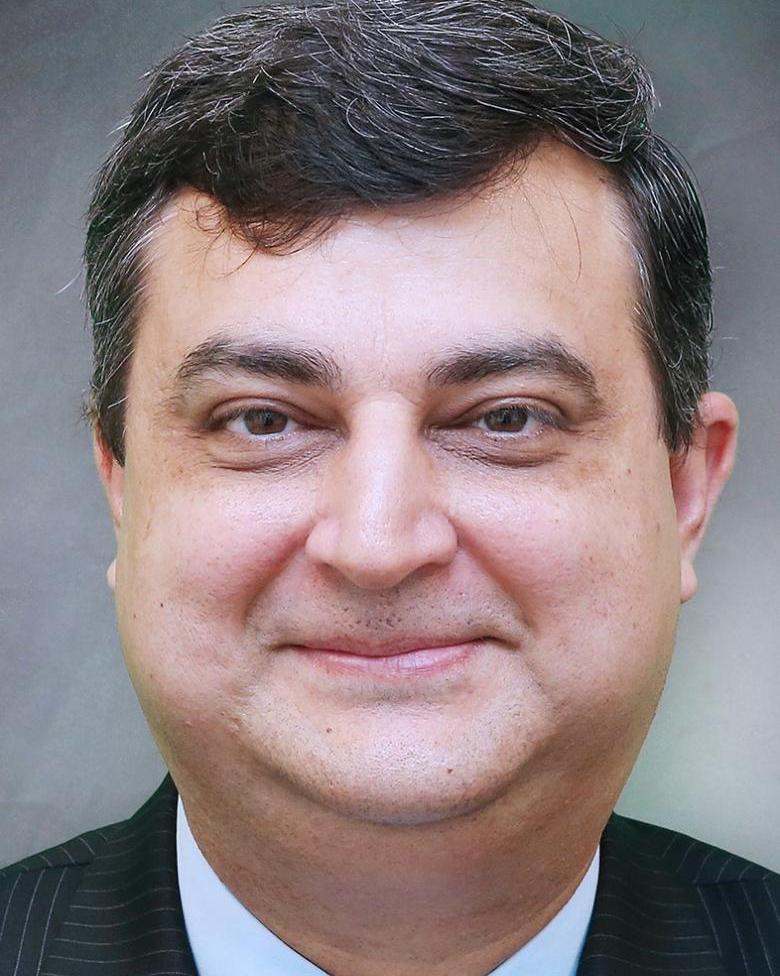
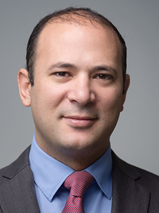
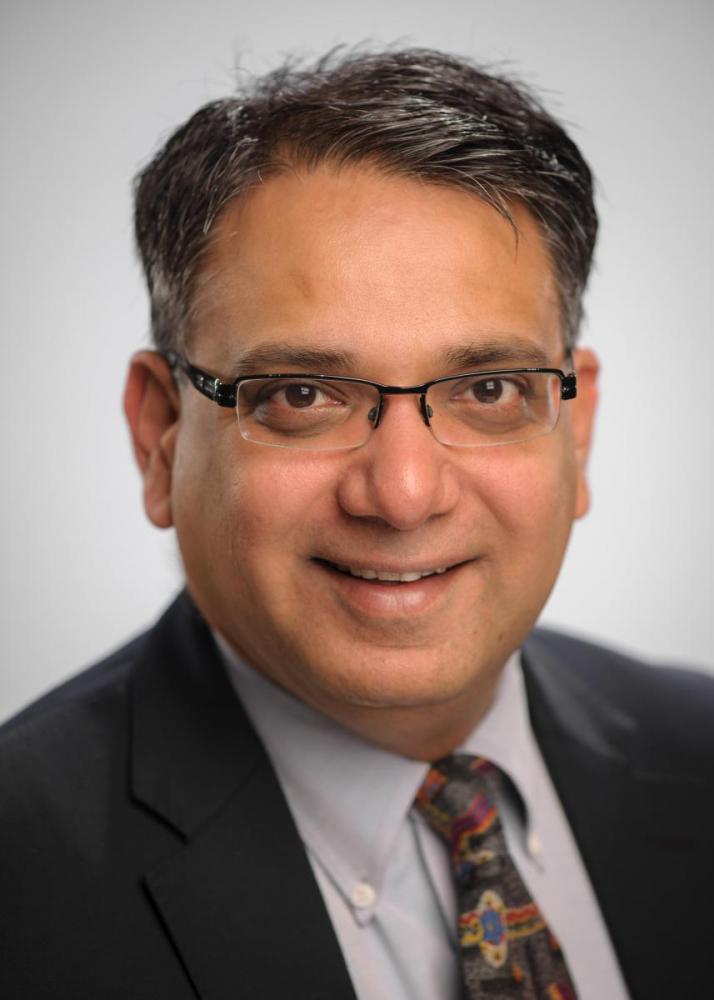
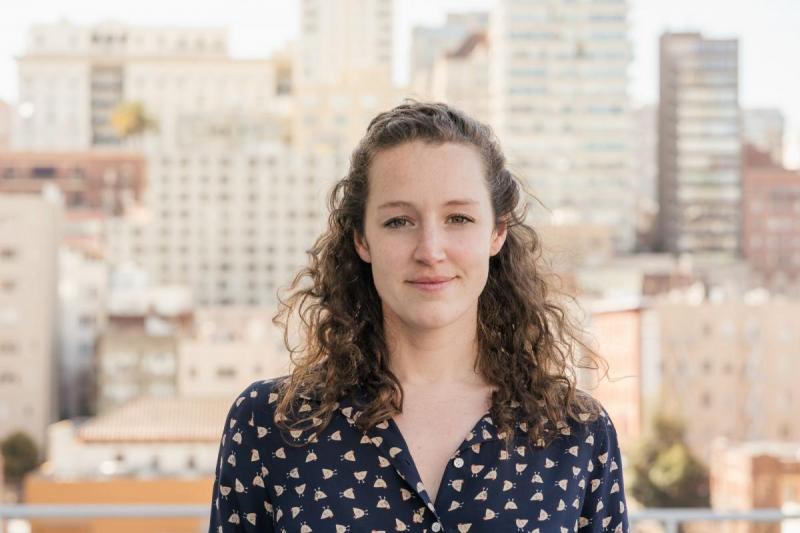
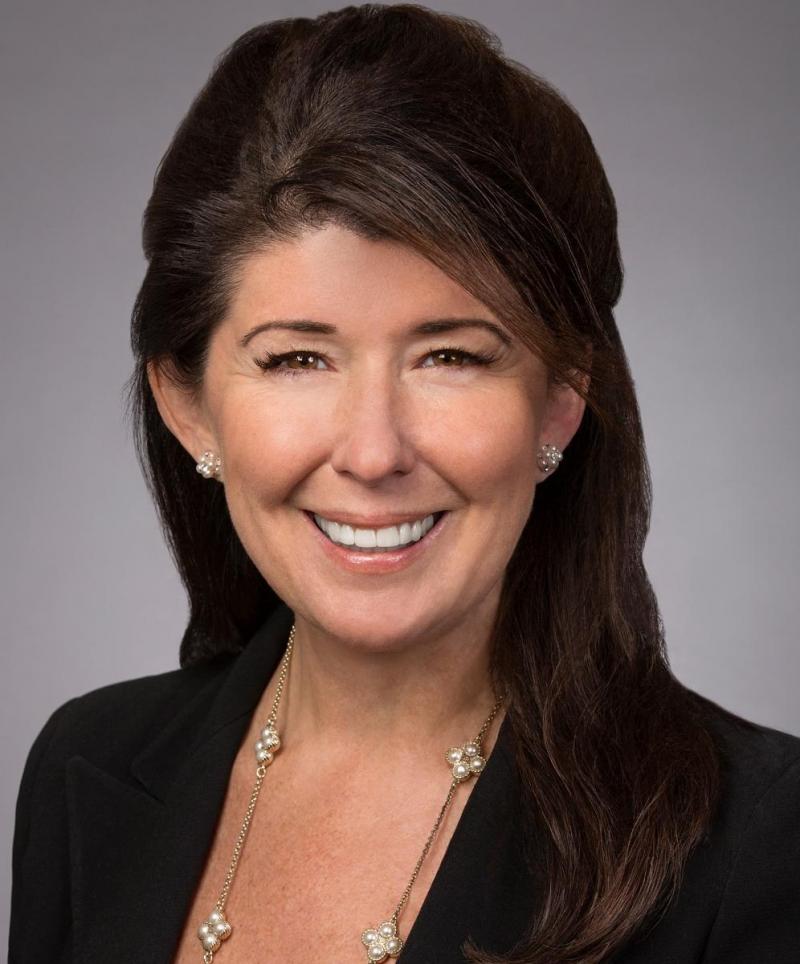
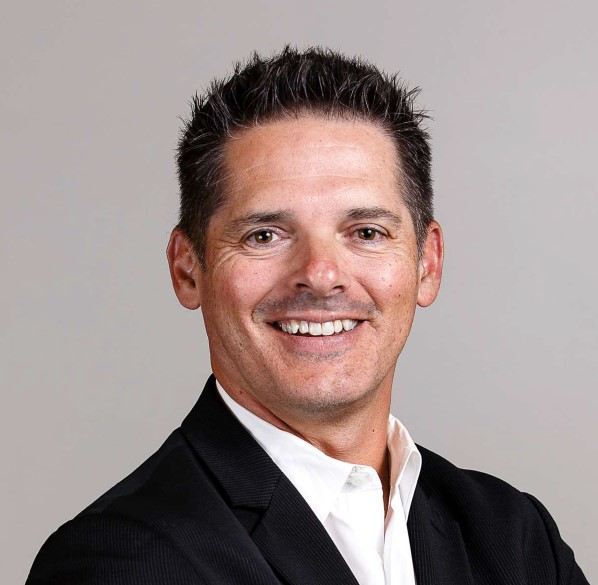



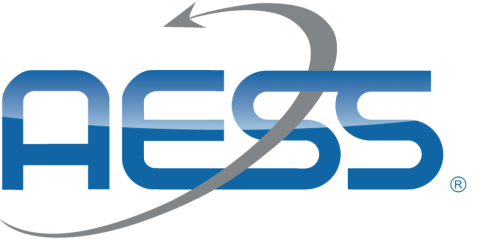
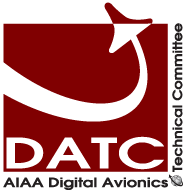

.png)


